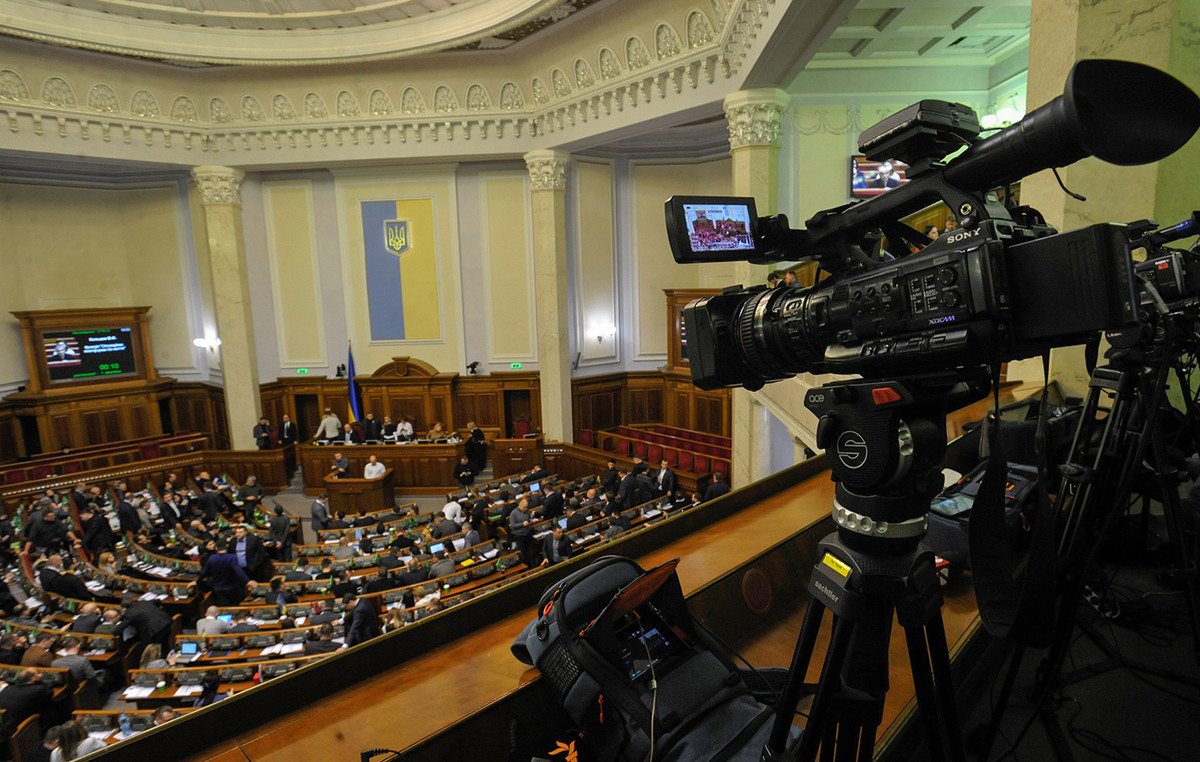- NZD/USD is trading higher near 0.5880 during the Asian session on Tuesday.
- The Fed is likely to keep rates unchanged at its July meeting on Wednesday.
- Rising speculation about an early rate cut by the RBNZ and fears of an economic slowdown in China could weigh on the NZD.
The NZD/USD pair regained some lost ground around 0.5880 during the Asian trading hours on Tuesday. However, the upside for the pair could be limited as traders prefer to stay on the sidelines ahead of the Federal Reserve (Fed) monetary policy meeting on Wednesday.
The U.S. Fed is widely expected to keep interest rates in the 5.25%-5.50% range at a two-day FOMC meeting that concludes on Wednesday, as Fed Chair Jerome Powell signaled he wanted more evidence that inflation is on track toward the 2% target before cutting. “The case for cutting is already strong, and the Fed is likely to use the July meeting to plant the seed that a September cut is on the table,” said Ryan Sweet, chief U.S. economist at Oxford Economics.
On the New Zealand front, rising bets on an early interest rate cut by the Reserve Bank of New Zealand (RBNZ) continue to undermine the New Zealand Dollar (NZD). Financial markets are anticipating rate cuts from the RBNZ, with traders pricing in 14 basis points (bps) of cuts in August, indicating a 55% chance of a rate cut soon.
In addition, the sluggish Chinese economy could limit the NZD’s upside, as China is an important trading partner of New Zealand. China’s GDP growth rate missed expectations in the second quarter as the consumer sector suffered amid labor market difficulties and a prolonged slowdown in the property sector.
New Zealand Dollar FAQs
The New Zealand Dollar (NZD), also known as the Kiwi, is a well-known currency among investors. Its value is largely determined by the health of the New Zealand economy and the policies of the country’s central bank. However, there are some peculiarities that can also cause the NZD to move. Developments in the Chinese economy tend to move the Kiwi because China is New Zealand’s largest trading partner. Bad news for the Chinese economy will likely translate into fewer New Zealand exports to the country, which will affect the economy and therefore its currency. Another factor that moves the NZD is dairy prices, as the dairy industry is New Zealand’s main export. High dairy prices boost export earnings, contributing positively to the economy and therefore the NZD.
The Reserve Bank of New Zealand (RBNZ) aims to achieve and maintain an inflation rate of between 1% and 3% over the medium term, with the aim of keeping it close to the midpoint of 2%. To do this, the bank sets an appropriate level of interest rates. When inflation is too high, the RBNZ raises interest rates to cool the economy, but the move will also push up bond yields, increasing the attractiveness of investors to invest in the country and thus boosting the NZD. Conversely, lower interest rates tend to weaken the NZD. The so-called rate spread, or how rates in New Zealand are or are expected to be compared to those set by the US Federal Reserve, can also play a key role in the movement of the NZD/USD pair.
Macroeconomic data releases in New Zealand are key to assessing the state of the economy and can influence the valuation of the New Zealand Dollar (NZD). A strong economy, based on high economic growth, low unemployment and high confidence is good for the NZD. High economic growth attracts foreign investment and can encourage the Reserve Bank of New Zealand to raise interest rates if this economic strength is accompanied by high inflation. Conversely, if economic data is weak, the NZD is likely to depreciate.
The New Zealand Dollar (NZD) tends to strengthen during periods of risk appetite, or when investors perceive that overall market risks are low and are optimistic about growth. This often translates into a more favourable outlook for commodities and so-called “commodity currencies” such as the kiwi. Conversely, the NZD tends to weaken during times of market turmoil or economic uncertainty, as investors tend to sell riskier assets and flee to more stable havens.
Source: Fx Street
I am Joshua Winder, a senior-level journalist and editor at World Stock Market. I specialize in covering news related to the stock market and economic trends. With more than 8 years of experience in this field, I have become an expert in financial reporting.







